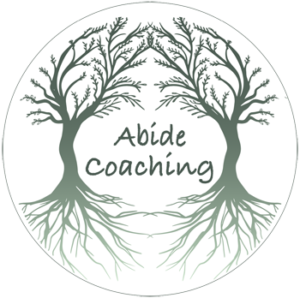Most NDs have heard from everyone in their life that they should exercise. I have to agree. The health benefits of exercise are excellent.
Exercise is good for you physically, mentally, and emotionally. If you want to add exercise:
- Try outdoor activities like hiking, tennis, horseback riding, or archery.
- Try something that will make you pause and breathe, like yoga or Tai Chi.
- Try to involve others for accountability: meet someone for a hike, plan to meet friends on a soccer field or basketball court.
- Try activities that are interesting and exciting. It is hard to get out the door to do something you aren’t interested in,
- Try mixing it up. You don’t have to move your body the same way every time.
But this isn’t a blog about that, well, not really.
I want to talk about is less exercise as it is a form of movement. Cerebellar Stimulation is a system of physical activities to improve Cerebellum and basal ganglia functions.
The Cerebellum was initially thought to be only involved with coordinating body movements. But over the last few decades, mounting evidence shows it is far more critical. While it is only 10% of the volume of the brain, it holds 70-80% of the brain’s neurons. It also strongly connects to the frontal lobe, where executive functions live, and with the vestibular system in the ear. These connections allow specific movements to increase executive function skills and motor skills and decrease the challenging behaviors of NDs. Different programs incorporate this information, and they can be expensive.
Let’s look at more detail about the functions of the Cerebellum:
- Motor Functions of the Cerebellum: This structure receives information about, among other things, our equilibrium, the position of our body, which muscles we must move to perform a specific action, and the direction of that movement, and integrates it. When it has developed the information, it tells the rest of the brain how to carry out the activity. Thus, it regulates the intensity, speed, precise direction, and other characteristics of the movement so that, as a final result, we make a harmonious, accurate, and coordinated movement.
- Cognitive Functions of the Cerebellum: We have begun to study in depth what cognitive and emotional functions the Cerebellum participates in. Usually, to learn what functions a specific area of the brain does, scientists study people who have injured that part of the brain; their cognitive abilities have been altered. This way, pretty accurate conclusions can be drawn from the areas involved in the various functions. The problem is that brain damage usually involves more than one brain area. This problem makes it difficult to know which area of brain damage accounts for which loss of function. However, different studies have investigated cognitive functions, and with the most recent advances, we know that the Cerebellum contributes to these cognitive processes:
-
- Language and Cerebellum: Participates in syntactic composition and grammar in general, in the articulation, in internal dialogue, in the generation of words, in oral comprehension, and in establishing a semantic relationship between words.
- Visuospatial skills: Complex visuospatial tasks such as image construction or mental rotation.
- Memory and learning (motor and non-motor): The Cerebellum, along with other brain structures, plays a significant role in procedural memory (i.e., driving, writing your name) and in learning motor skills and habits. It is also activated by learning motor sequences, and complex sequences, in verbal operative memory and has a role in spatial memory.
- Executive Functions: Executive functions are thought to be in the dorsolateral prefrontal cortex. However, being such a complex series of cognitive functions, they require the participation of other brain structures, including the Cerebellum. The functions include planning, cognitive flexibility, abstract reasoning, working memory, inhibition, and verbal fluency. Some studies suggest that the Cerebellum may be active during decision-making or coordination of two tasks simultaneously, increasing speed and automating the new movement.
- Attention: The Cerebellum is involved in selective attention activities or other more complex functions that require attention, such as calculus.
- Personality and emotions: Some studies point to the role of the Cerebellum in controlling and modulating emotions. It has also been linked to personality in regulating appropriate or inappropriate behaviors.
I encourage you to do your own research to see if Cerebellar Stimulation might be the thing for you.

